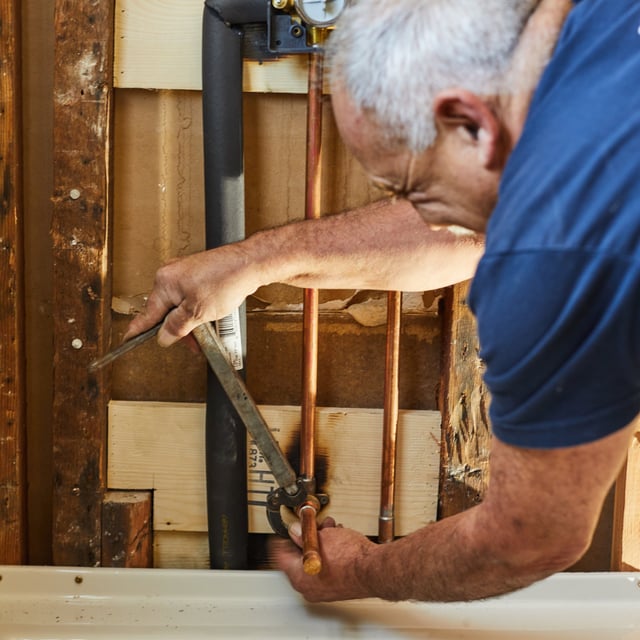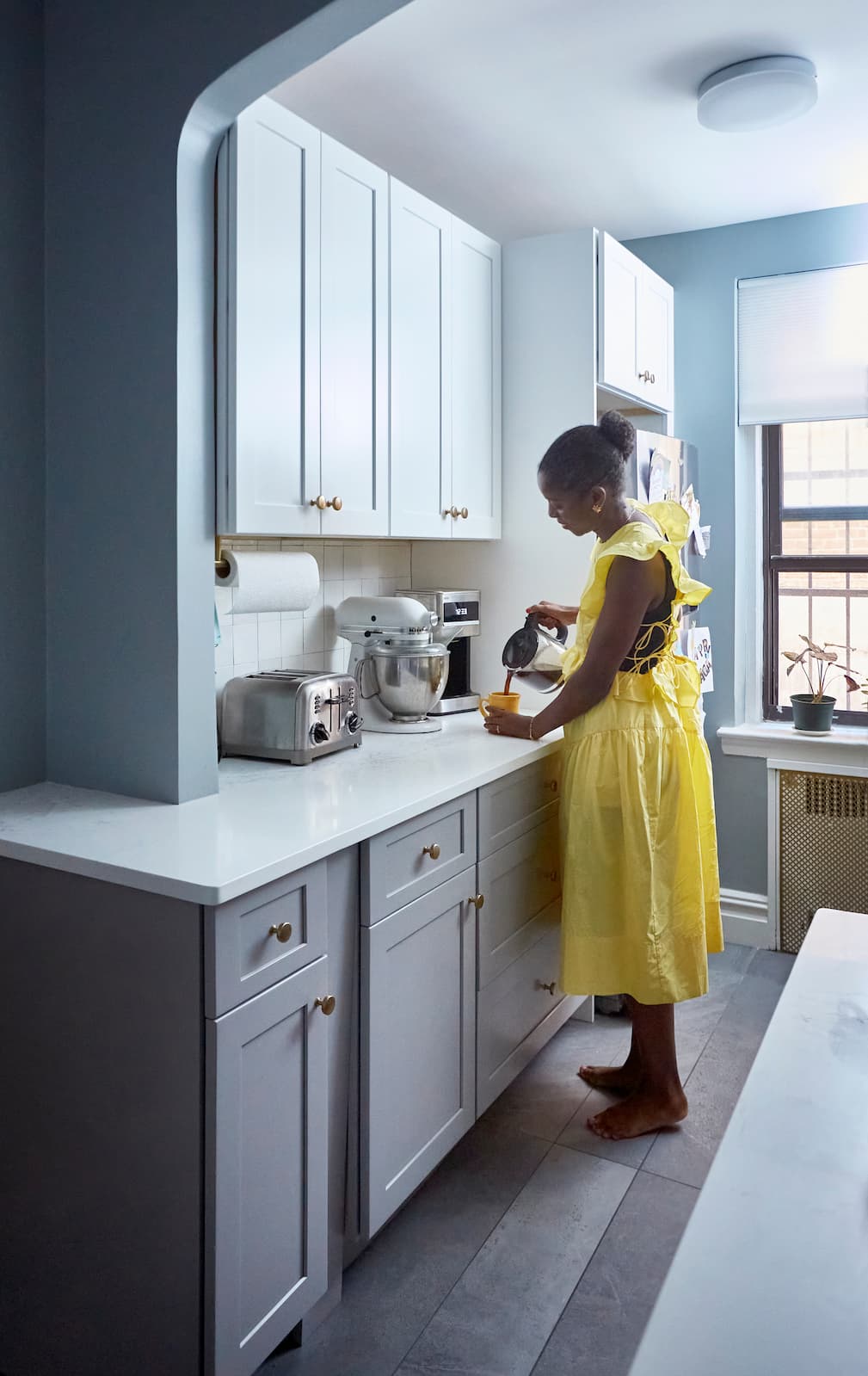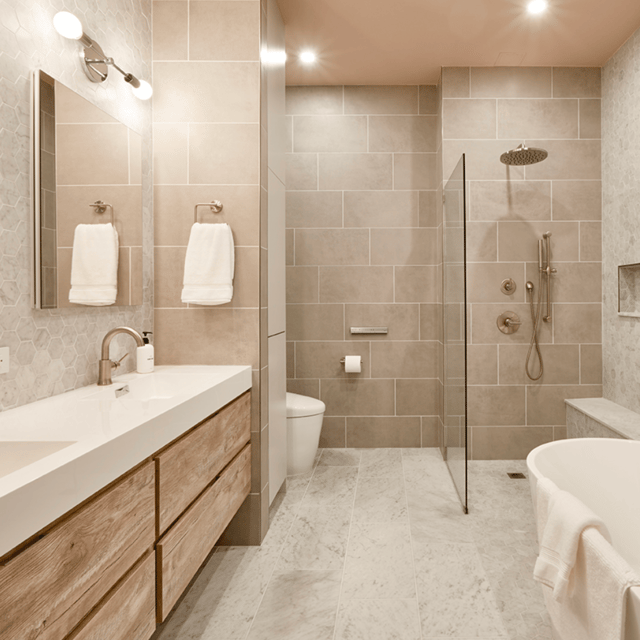
Structural Changes
When to Replace Insulation - Warning Signs
12.26.2025
Our New Year savings event is here: Get up to $6,500 off your project today (terms apply).

Budget your upcoming remodel with help from Block

In This Article
Rerouting plumbing isn’t always a choice during the renovation process. Whether you’re correcting leaks, updating an older home, or adapting your space for a new layout, moving pipes is often the only way to achieve safe, reliable, and up-to-code results.
Costs for rerouting plumbing start at around $500 for a basic job, but most homeowners see an average expense between $4,000 and $6,000. More involved projects, such as those with extensive demolition or complex layouts, may cost far more.
Your contractor will ultimately be the best resource to pinpointing your budget for rerouting your plumbing. However, below are pointers to help you predict if—and why—rerouting pipes may be necessary and the level of labor needed.
Rerouting plumbing means changing the path of your water supply or drain lines, typically to accommodate a new layout, fix persistent problems, or resolve code issues. This work often involves moving pipes inside walls, under floors, or in ceilings to support updates like relocated sinks, showers, or appliances. Contractors reroute plumbing to avoid problem areas, replace outdated piping, or ensure that new fixtures have proper access to water and waste lines.
Transparent Pricing You Can Trust

Plumbing upgrades are an investment not just in your home’s function, but also in daily comfort and peace of mind. With Block, you’ll receive clear, step-by-step guidance from expert renovation consultants and access to a network of vetted, licensed contractors whose work meets the highest standards. You can compare quotes easily, track progress from start to finish, and count on support every step of the way. When it’s your turn to reroute plumbing—or tackle a full home renovation—Block is here to help you feel confident, cared for, and fully equipped to see your vision through.

Written by Block Renovation
Do I need a permit to reroute bathroom plumbing?
How long does rerouting plumbing take?
How can I minimize disruption during the rerouting process?
Will I have to turn off water to the entire house?
What’s the difference between rerouting and replacing plumbing?
Can rerouting plumbing help with chronic clogs or low pressure?

Renovate confidently with Block
Easily compare quotes from top quality contractors, and get peace of mind with warranty & price protections.
Thousands of homeowners have renovated with Block

4.5 Stars (100+)

4.7 Stars (100+)

4.5 Stars (75+)

Structural Changes
When to Replace Insulation - Warning Signs
12.26.2025

Bathroom
Eco-Friendly Shower & Bathroom Ideas
12.23.2025

Structural Changes
Tearing Down to Rebuild – Understanding Costs & Trade-Offs
12.16.2025

Structural Changes
Your House Rehabbing Checklist & FAQs
12.12.2025

Bathroom
New York City Bathroom Remodels: Planning & Renovation Tips
12.05.2025
Renovate confidently